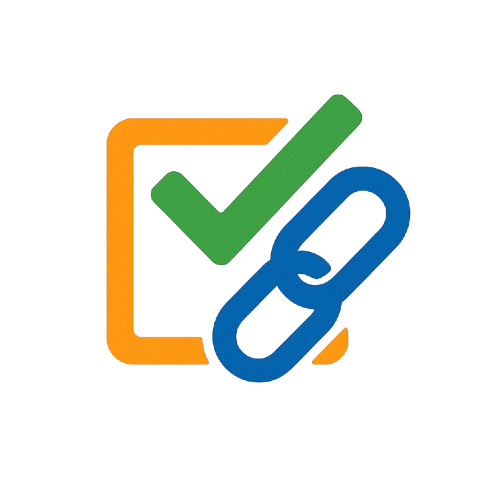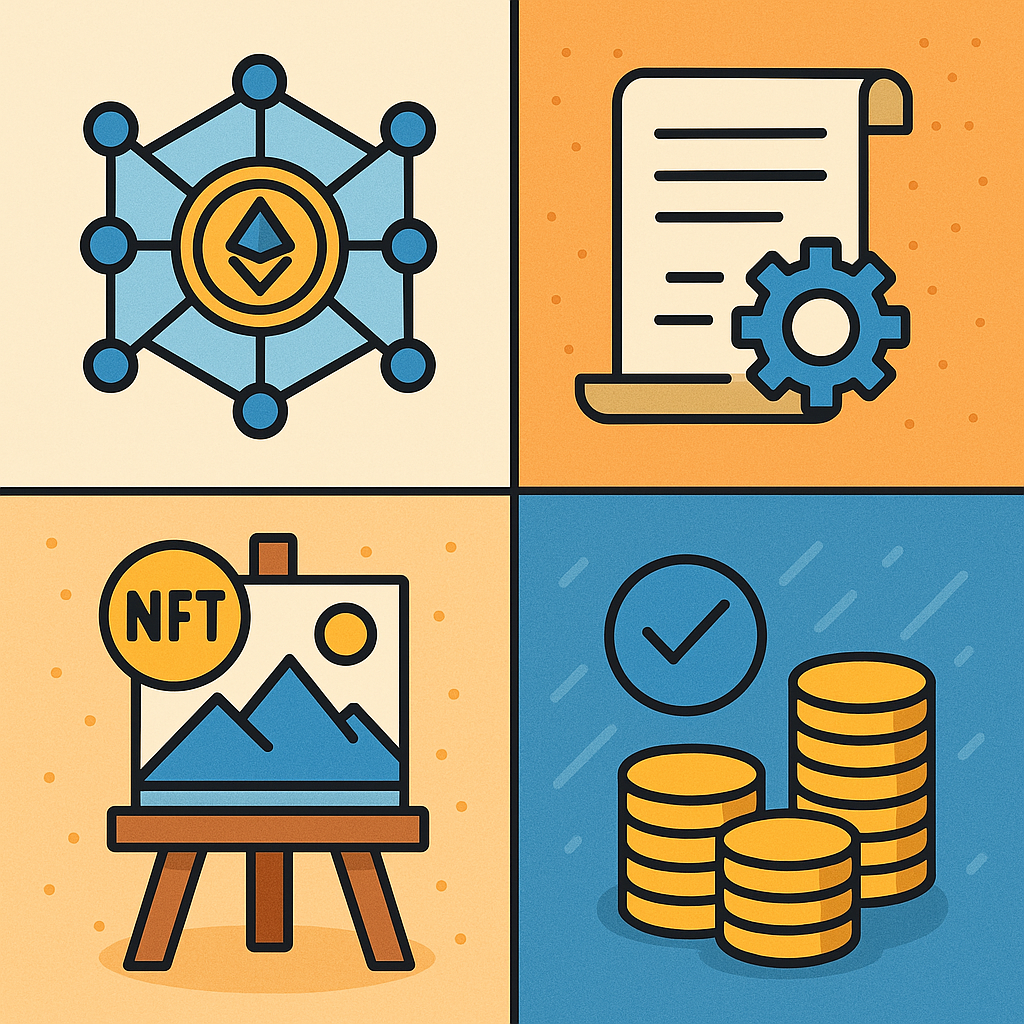Entering the crypto world can seem a bit intimidating at first. Don’t worry! Here are some key terms explained to get you started:
HODL: A funny term from a typo meaning “hold.” It’s about holding onto your crypto even when the market’s bouncing up and down, thinking long-term. HODLers believe in the potential of crypto and aren’t fazed by short-term volatility.
Blockchain: Think of blockchain like a digital notebook that’s copied across many computers. Each page records transactions and can’t be changed easily, keeping things honest and secure. Blockchain is the technology behind cryptocurrencies, but it’s not just for crypto—it can also be used for things like tracking products, securing voting systems, and more.
Cryptocurrency: Digital money that’s protected by strong encryption. It’s online, secure, and no one can easily fake it or mess with it. Cryptocurrencies run on decentralized networks, meaning no central authority (like a bank) controls them.
Bitcoin (BTC): The OG of cryptocurrencies. Bitcoin started everything, created by someone mysterious known as Satoshi Nakamoto. It’s like digital gold—people use it to store value, make transactions, and sometimes even as an investment.
Altcoin: Basically, any crypto coin that’s not Bitcoin. Examples are Ethereum (ETH), Ripple (XRP), and Litecoin (LTC). They’re the alternative kids on the crypto block, each with their own unique features.
Wallet: Your digital wallet is like your personal crypto bank account. It helps you store, send, and receive cryptocurrencies. You can have a wallet as an app on your phone or as a hardware device (physical, like a USB).
Mining: Imagine mining as digital digging—miners use powerful computers to check transactions and add them to the blockchain. For their work, they get rewarded with crypto. It’s crucial to the security and operation of blockchain networks, especially Bitcoin.
Exchange: Crypto exchanges are like marketplaces for cryptocurrencies. You go there to buy, sell, or swap your coins. Some popular exchanges are Binance, Coinbase, and Kraken. Be sure to check out their fees and security features before diving in.
That’s it for Part 1!
You’ve now got a good grasp of some key terms that will help you feel more comfortable navigating the crypto world. It’s a lot to take in, but don’t worry—this is just the beginning. In Part 2, we’ll dive into some more advanced terms to help you level up your knowledge. Take your time with this, and when you’re ready, we’ll pick up from where we left off!



